Complete Guide to Perfect Pickles Pix
Pickling is a delightful way to preserve fresh produce, infusing vegetables and fruits with tangy, savory flavors that elevate any meal. Whether you’re crafting classic dill pickles or experimenting with spicy pickled carrots, achieving crisp, flavorful results can sometimes be challenging
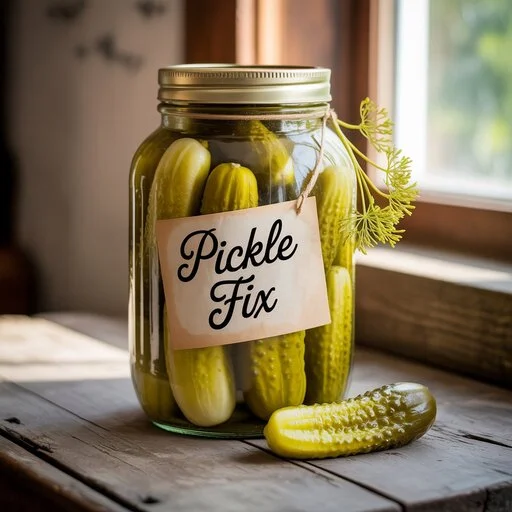
This comprehensive guide explores common pickling issues and provides expert solutions to ensure your pickles are perfect every time Pickle Pix.
Why Pickling Matters
Pickling transforms perishable ingredients into long-lasting, delicious treats pickle fix. Beyond preservation, pickling offers:
- Flavor Enhancement: Adds tangy, sweet, or spicy notes to complement dishes.
- Health Benefits: Fermented pickles are rich in probiotics, supporting gut health.
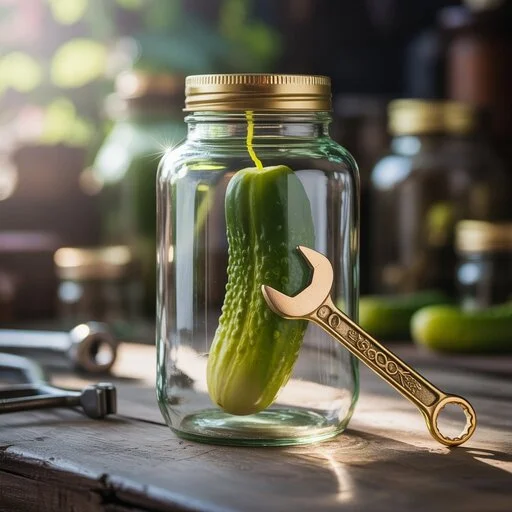
- Versatility: Perfect for snacks, sandwiches, or charcuterie boards.
- Sustainability: Reduces food waste by preserving seasonal produce.
Common Pickling Problems and How to Fix Them Pickle Pix
Soft or Mushy Pickles
Problem: Your pickles lack the satisfying crunch you expect pickle fix.
Causes: Overripe produce, weak brine, or excessive processing time.
Solutions:
- Select Fresh, Firm Produce: Use fresh, high-quality vegetables like Kirby cucumbers, ideally harvested within 24-48 hours. Avoid overripe or soft produce pickle fix.
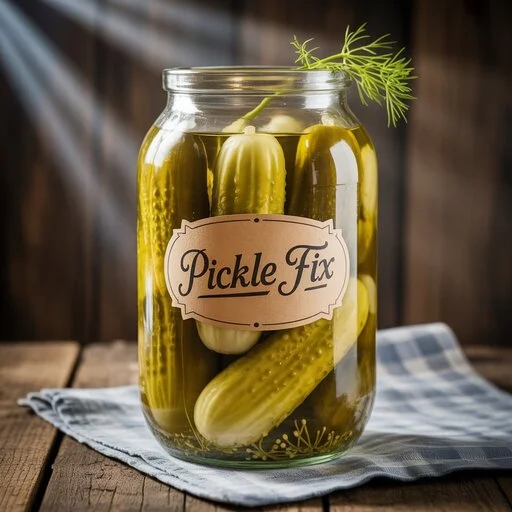
- Incorporate Tannins: Add natural tannin sources like grape leaves, oak leaves, or a pinch of black tea to your jars. Tannins help maintain crispness by inhibiting softening enzymes.
- Use Calcium Chloride: Products like Pickle Crisp (food-grade calcium chloride) enhance texture without altering flavor. Follow package instructions for safe use.
- Optimize Processing Time: For canned pickles, limit boiling water bath processing to 10-15 minutes to prevent overcooking.
Bland or Unbalanced Flavors Pickle Pix
Problem: Pickles taste flat or lack the desired zing.
Causes: Incorrect brine ratios, low-quality vinegar, or uninspired seasoning.
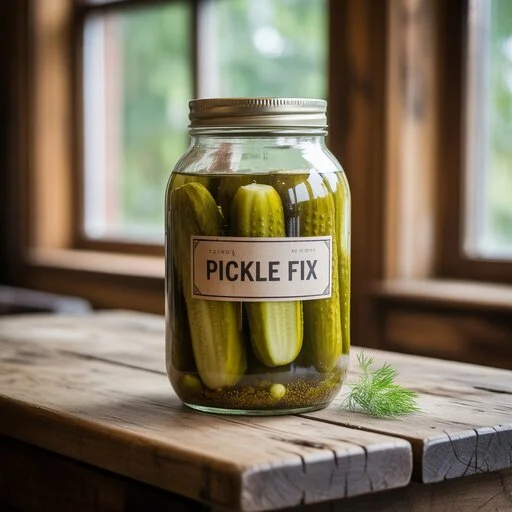
Solutions:
- Perfect the Brine: For vinegar-based pickles, use a 1:1 ratio of water to vinegar with at least 5% acidity (e.g., distilled white or apple cider vinegar). For fermented pickles, maintain a 3-5% salt brine (2-3 tbsp kosher salt per quart of water).
- Enhance with Spices: Experiment with dill seeds, garlic cloves, mustard seeds, peppercorns, or red chili flakes. Lightly toasting spices before adding them can intensify flavors.
- Choose Quality Vinegar: Avoid diluted or low-acidity vinegars. Stick to trusted brands for consistent results pickle fix.”
Cloudy Brine or Spoilage Pickle Pix
Problem: Brine appears cloudy, or pickles show signs of spoilage (e.g., off odors, mold).
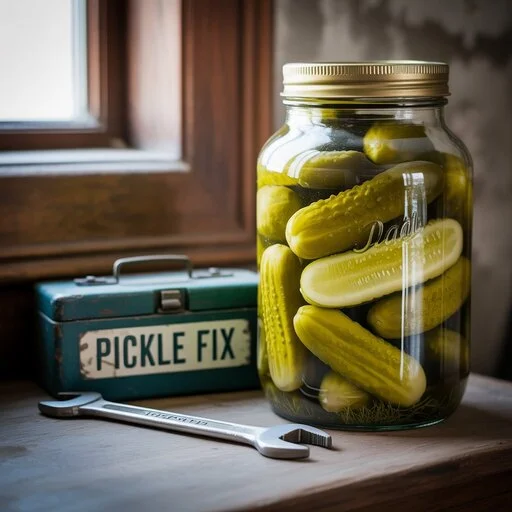
Causes: Contamination, improper sealing, or incorrect salt levels.
Solutions:
- Sterilize Equipment: Boil jars, lids, and utensils for at least 10 minutes to eliminate bacteria. Ensure all surfaces are clean before starting.
- Maintain Proper Salt Levels: For fermented pickles, use 1.5-2 oz of kosher salt per quart of water to prevent harmful bacterial growth. Too little salt can lead to spoilage.
- Check Seals: For canned pickles, ensure lids are properly sealed (listen for the “pop” after cooling). Discard any jars with bulging lids or foul smells.
- Monitor Fermentation: For fermented pickles, skim off any surface scum daily and use an airlock or weight to keep produce submerged in brine.
Shriveled or Discolored Pickles Pix
Problem: Pickles appear shriveled or discolored, affecting their appeal.

Causes: Excessive vinegar or salt, or improper packing pickle fix.
Solutions:
- Balance Acidity: Avoid overly strong vinegar solutions (stick to 5% acidity). For quick pickles, dilute vinegar with water as recommended.
- Pack Jars Properly: Ensure vegetables are tightly packed but not crushed, leaving ½-inch headspace in jars for proper sealing.
- Use Fresh Spices: Old or stale spices can cause discoloration. Store spices in airtight containers and replace them annually.
Advanced Pickling Tips for Success Pickle Pix
- Experiment with Flavors: Try unique combinations like pickled beets with star anise or spicy pickled okra to stand out in searches for “creative pickle recipes.”
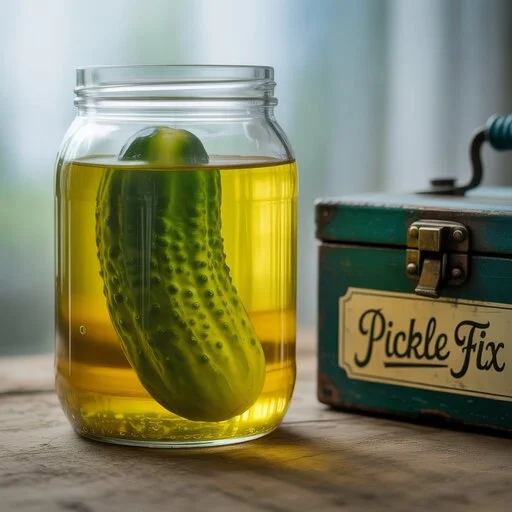
- Fermentation vs. Vinegar Pickling: Fermented pickles (brine-based) offer probiotic benefits, while vinegar pickles are faster and more shelf-stable. Choose based on your goals.
- Store Properly: Refrigerate quick pickles and store canned pickles in a cool, dark place for up to a year. Always check for spoilage before consuming.
- Label Jars: Include the date and ingredients on labels to track freshness and replicate successful batches pickle fix.
Tools and Resources for Pickling Pickle Pix
- Mason Jars: Use high-quality, heat-resistant jars (e.g., Ball or Kerr).
- Pickling Salt: Opt for non-iodized salt to avoid cloudiness or off-flavors.
- Recipes and Guides: Websites like Serious Eats or the National Center for Home Food Preservation offer reliable recipes and safety tips pickle fix.

